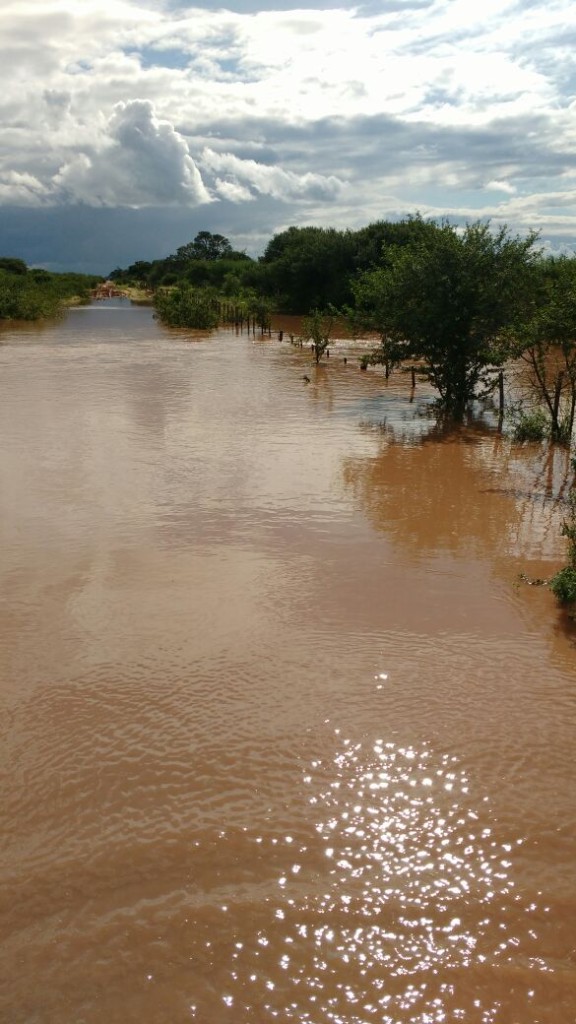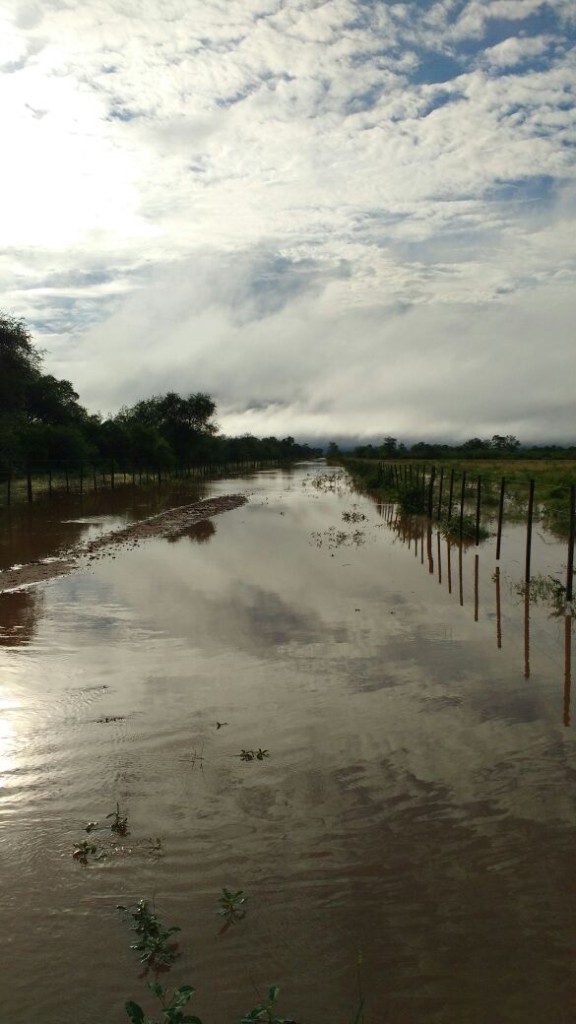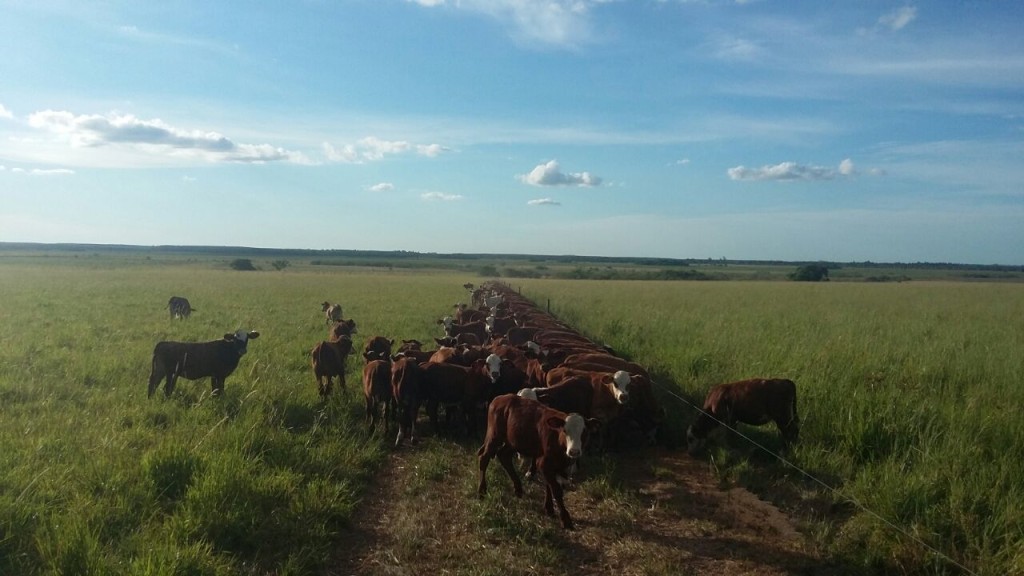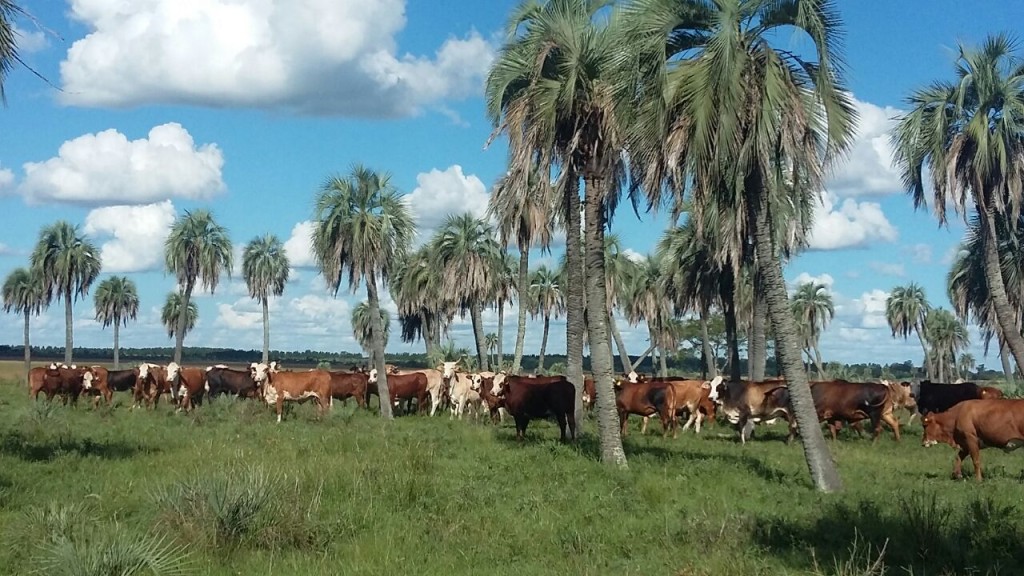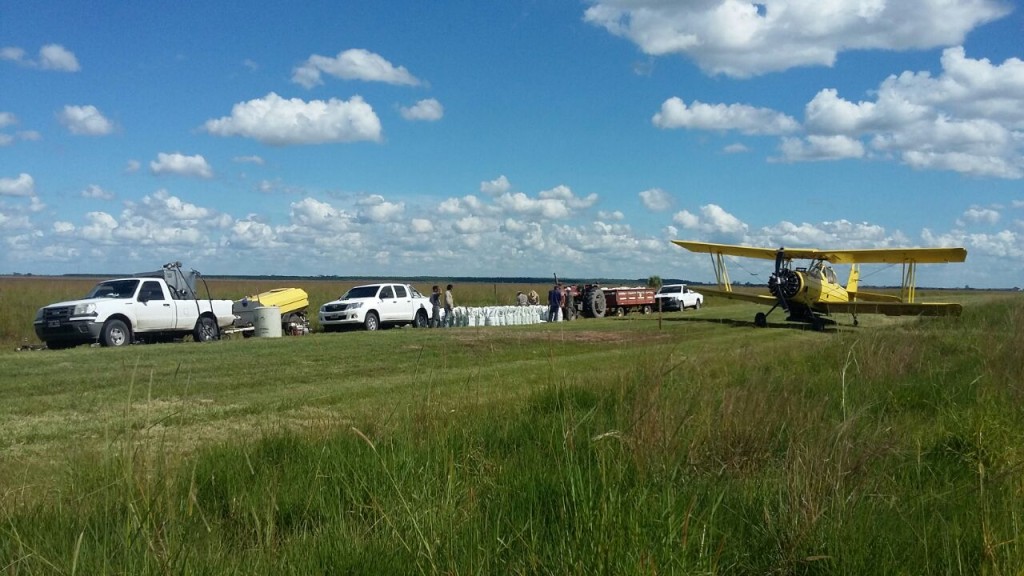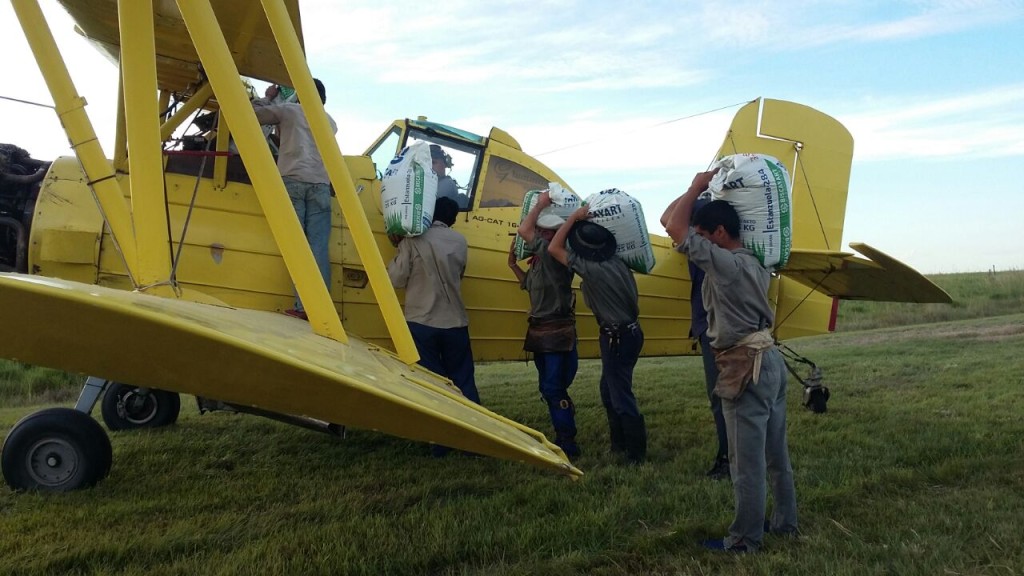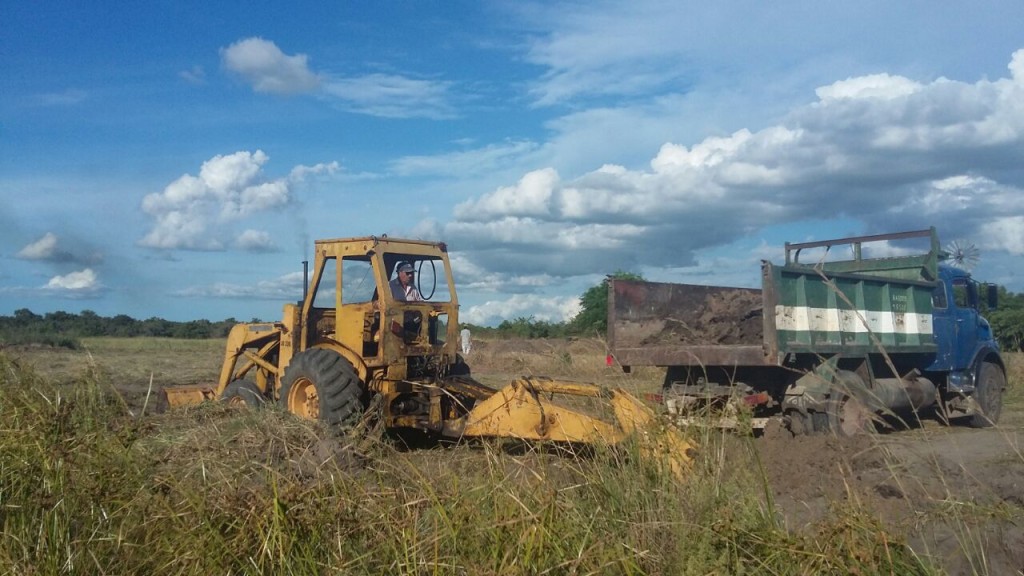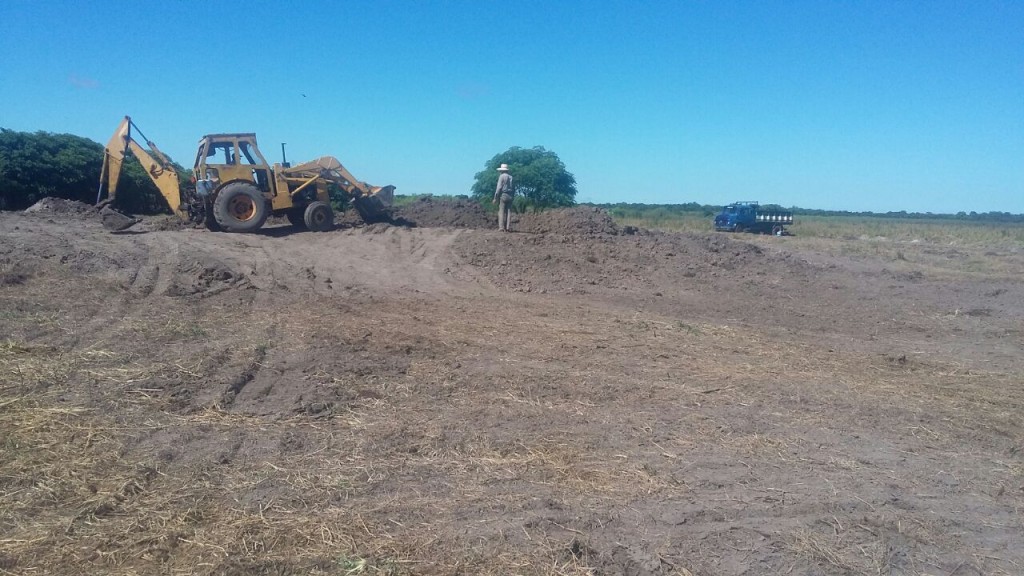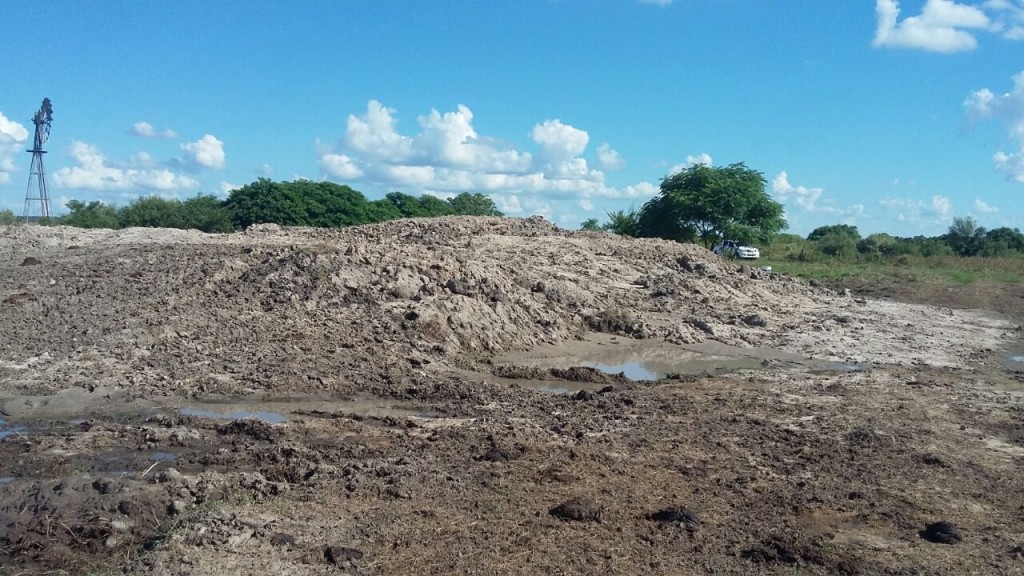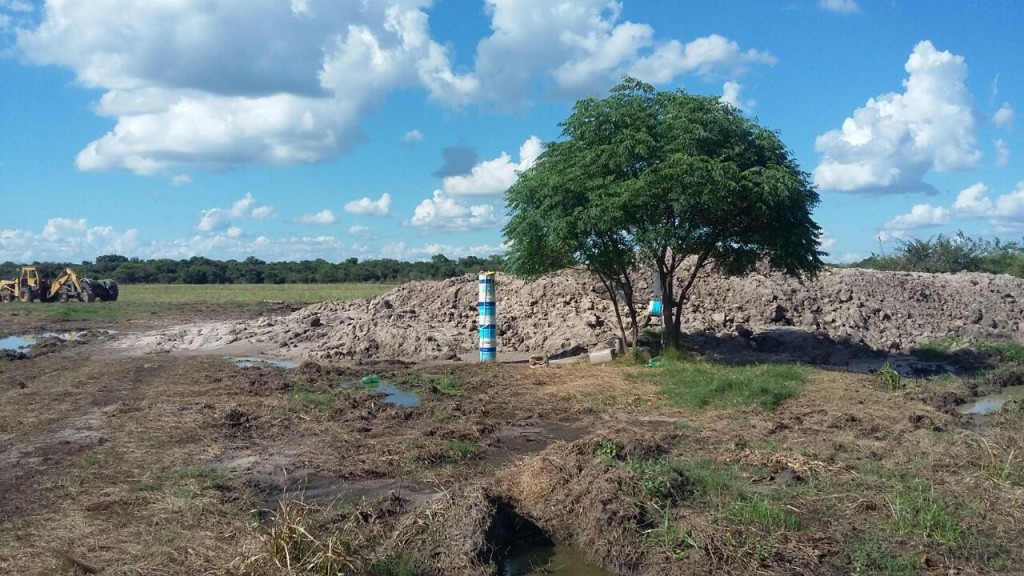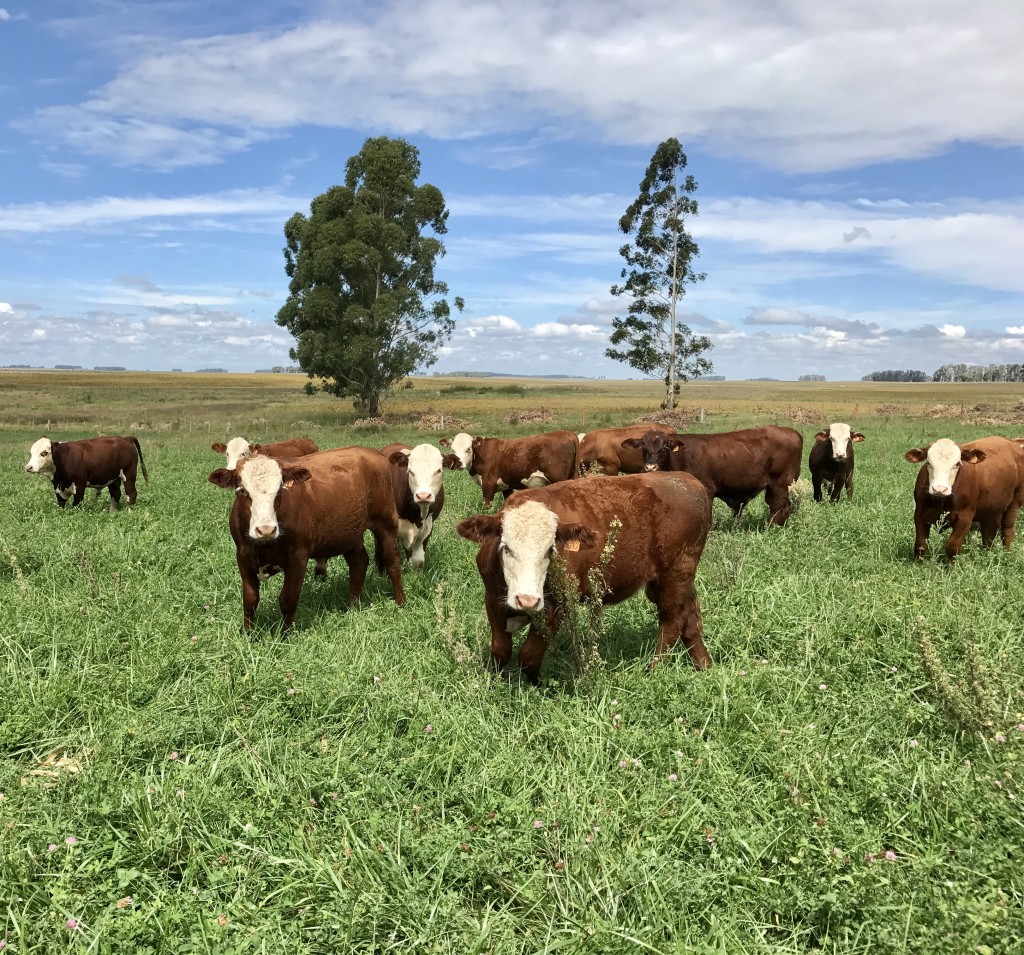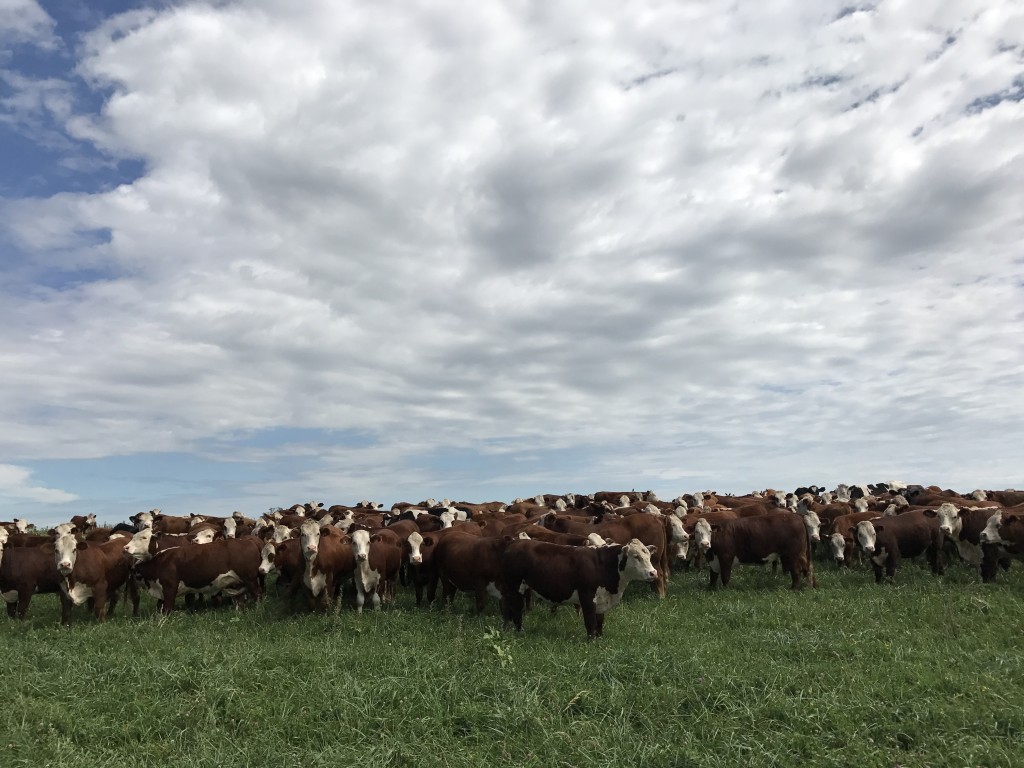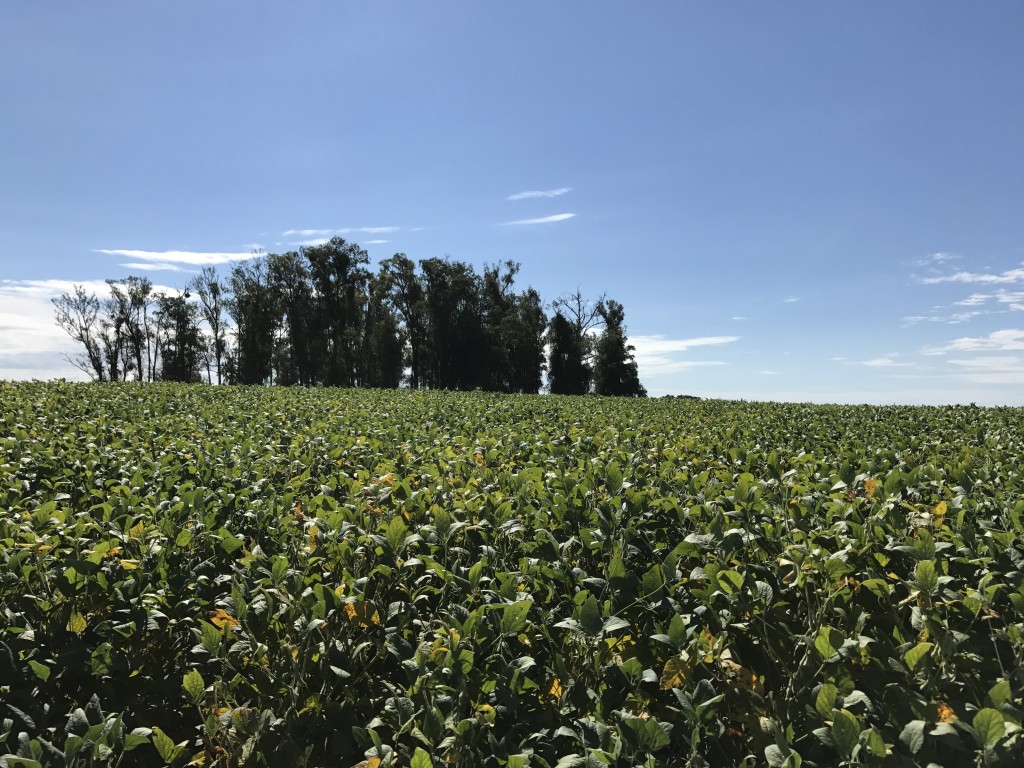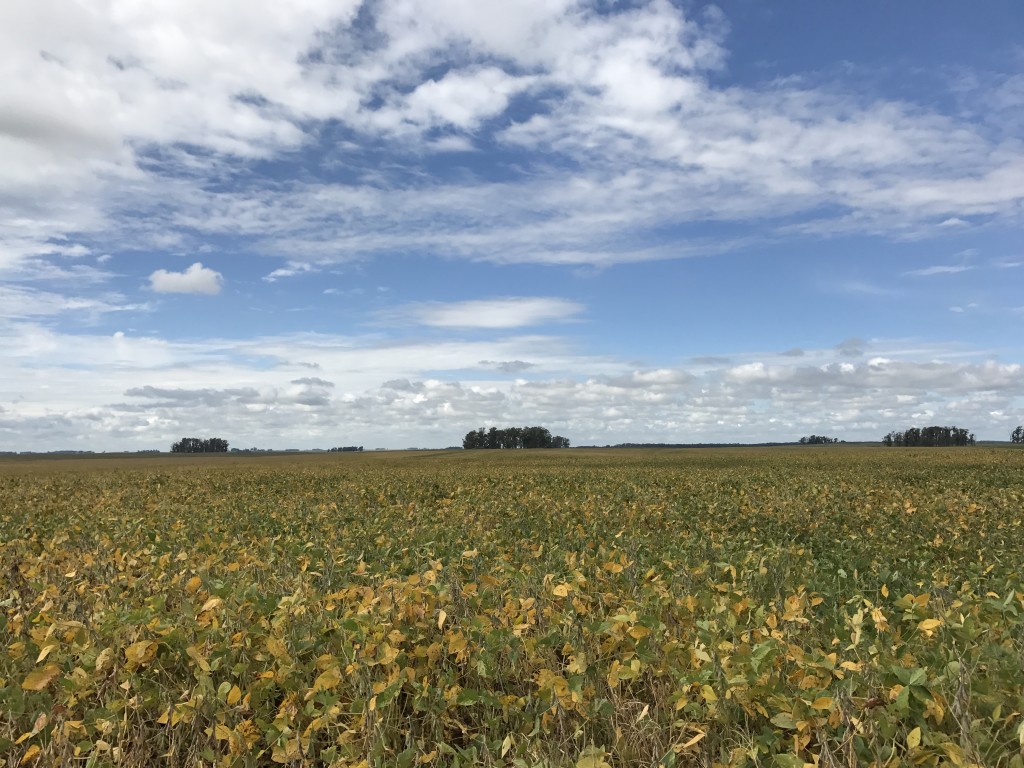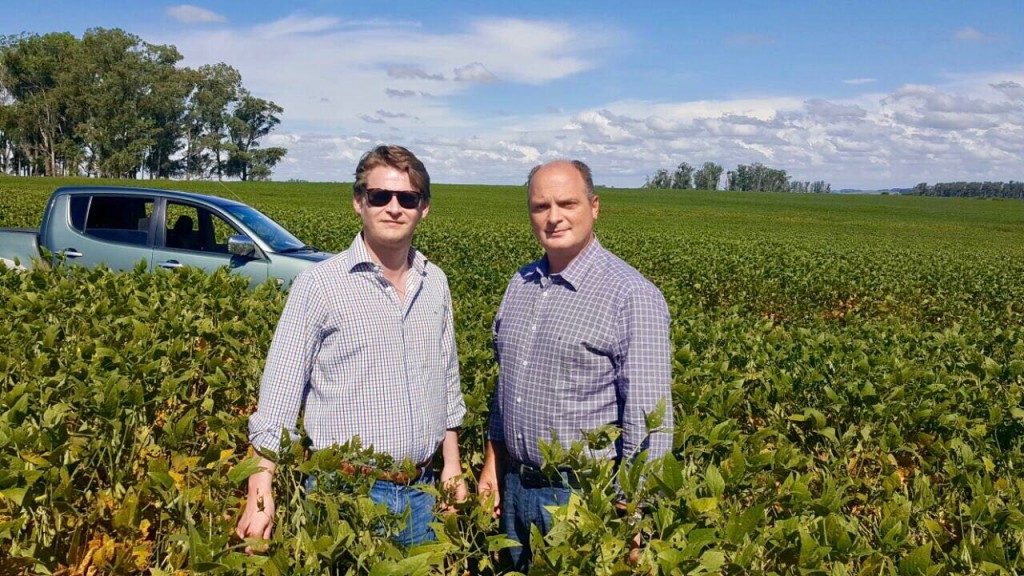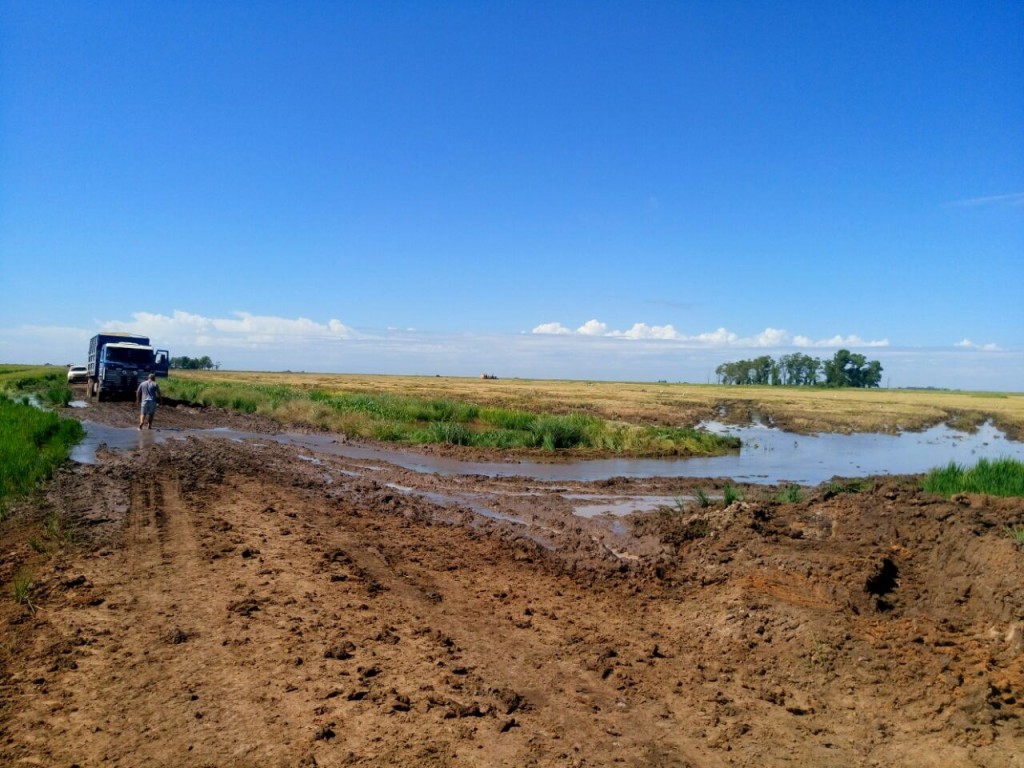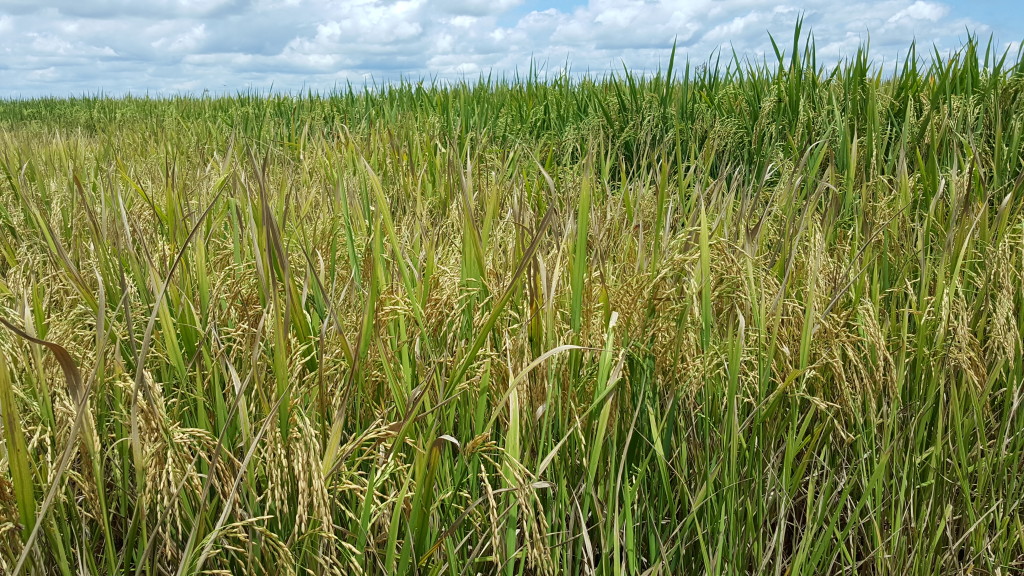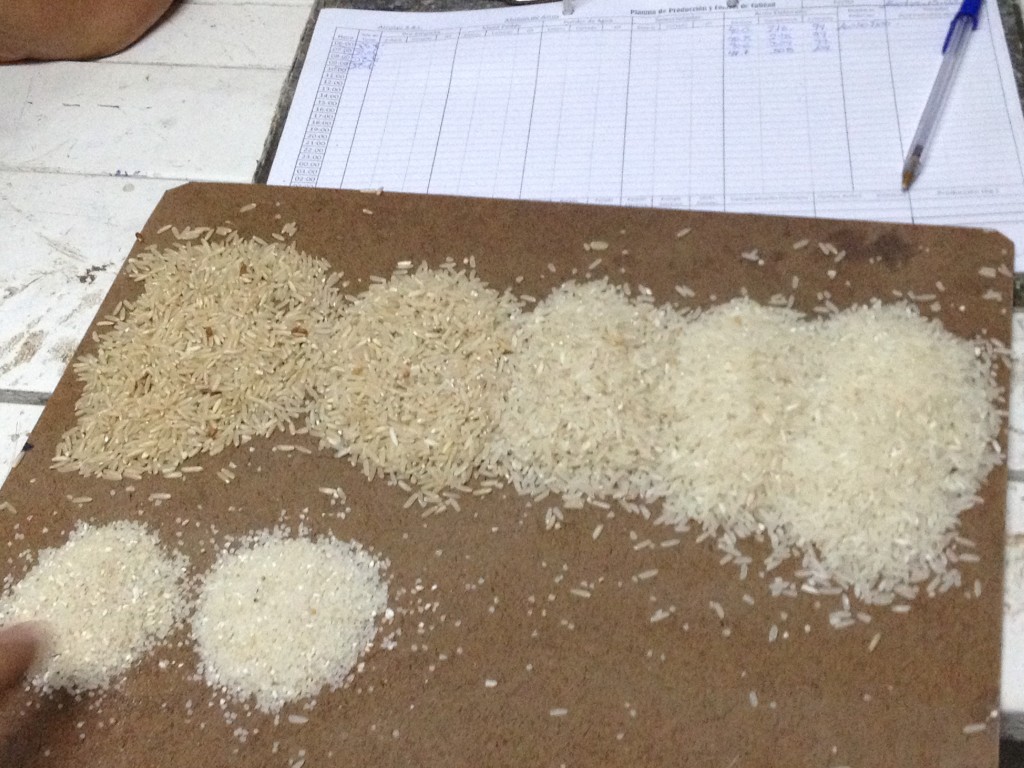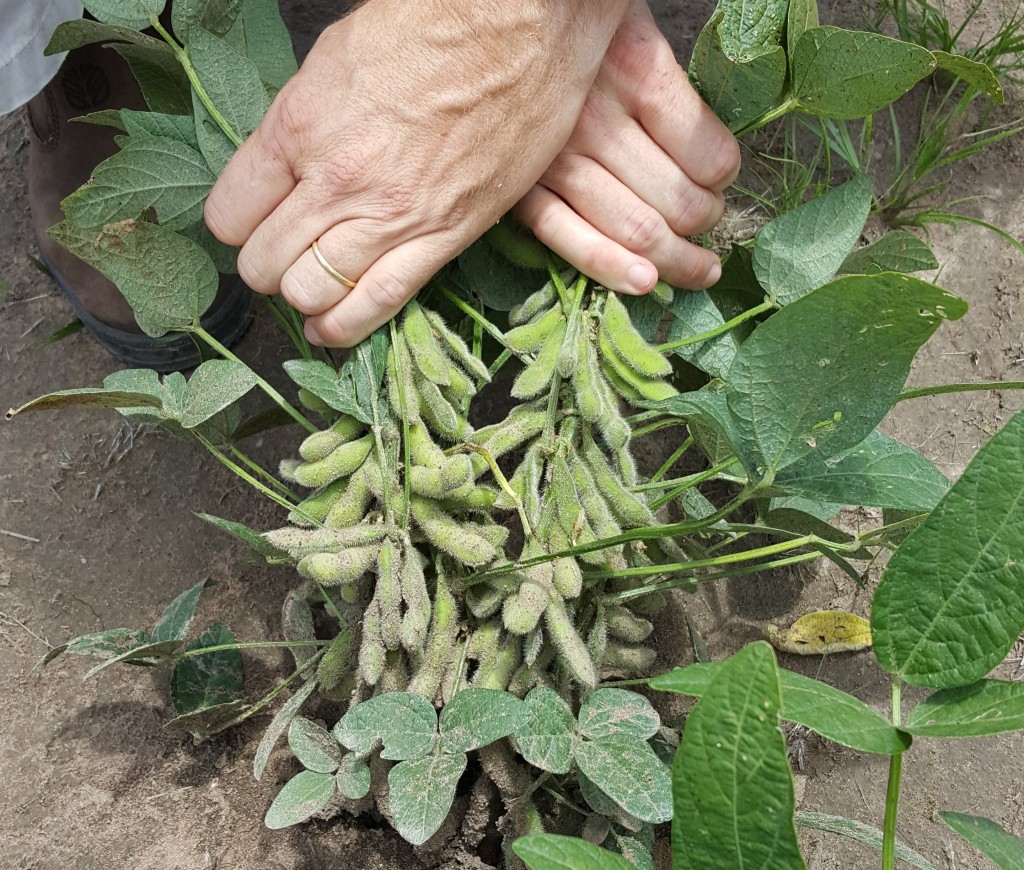After having affected Peru and Colombia, “El Niño” weather natural phenomenon is now impacting all western regions of the southern cone. In Argentina, 7 provinces are already affected.
“El Niño” weather natural phenomenon
In Salta province, where San Bartolo farm is located, we registered more than 300 mm of water in less then 24 hours versus the annual historical average of 776 mm during the 1st weekend of April. The neighbouring villages of Lajitas and Apolinario Saravia are both under water.
As for San Bartolo farm, the house has been affected so as some internal roads. As a direct consequence, fattening services was temporarily interrupted. This flooding situation forced us to concentrate the herd in some dry plots and reduces also available pasture. As long as this event will remain, its consequences for the farm will remain limited.

